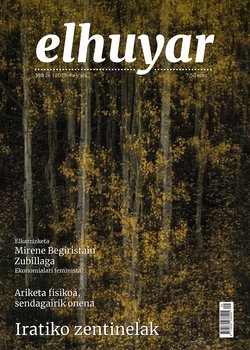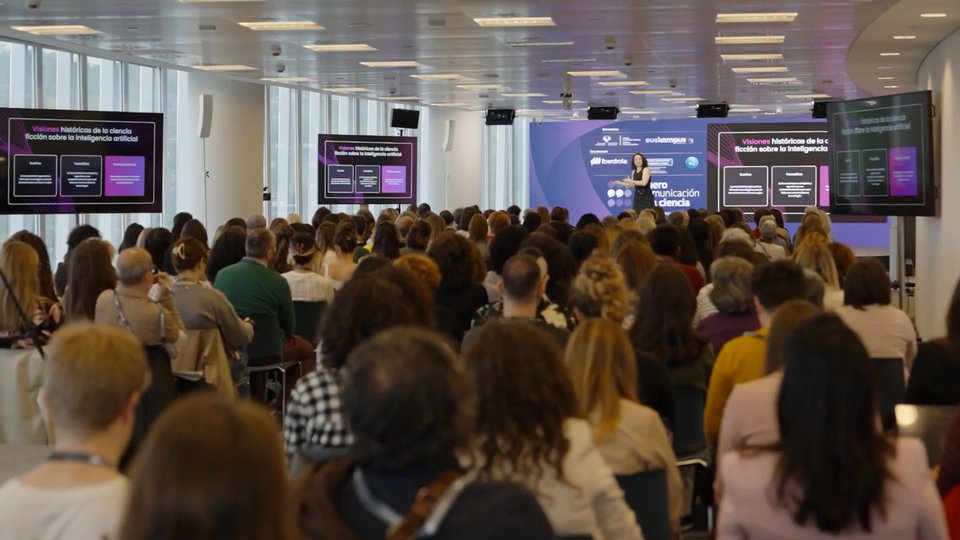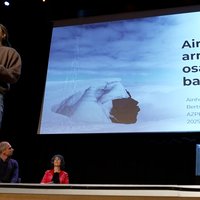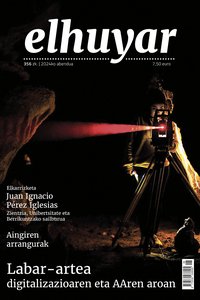Francisco Díaz Pineda: "All species, including ours, expire before or after"
How can transgenics affect the planet's biodiversity?
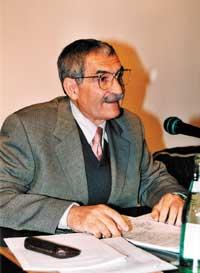
The planet's biodiversity is basically the flow of solutions for species survival. The biodiversity is not static but as a channel through which species pass. Thus, after hundreds or thousands of years of processes, as some disappear, they are replaced by new ones. In the fossil footprints there is much information that supports this affirmation. All species, including ours, will expire sooner or later.
A biological species is the solution found to keep life as long as possible. In this sense, natural selection makes an opportunity that allows the survival of some species and the extinction of others. The possibilities offered by the species are to survive, but interact with the rest of species. Biodiversity is a group of species that compete, depredan, collaborate...
On this path, transgenic species also seek solutions, but, in this case, human beings seek for our benefit. That is, taking pieces or characteristics of a species and placing them in other species, we are acquiring new characteristics. But these solutions are independent of the natural survival processes of the aforementioned species.
The human being has not been fixed in the future effects when forming transgenic beings. So far it has been. The researchers have not taken into account the approach of evolution whenever a new mutant appears different from the parents, that is, when the mutation is advantageous in the environment. For this reason, I believe that we are acting on living beings that intervene in the flow of biological biodiversity.
Biological species are part of a network of interactions that takes place both with the environment and with the rest of species. Humans in the short term are creating new features in these species. In this way, what has been done little by little in evolution is being done suddenly. Consequently, it seems that these exchange networks are being transformed, that is, a predatory species could become a huge predator or stop being predatory. The loss of balance in the origin communities of this type of transformation are known. However, these interferences not only affect species, but also ecological processes or ecosystems.
In my opinion, we should not be fundamentalists on this subject. We must be more rational, guide debates and facilitate development without putting obstacles. We cannot say systematically that no. But we should not understand it as the panacea or solution of the so-called welfare society. If they are investigated with rationality and concrete followings are carried out, and they are acted with much care, not necessarily harmful.
In recent years we have constantly heard the entry of exotic species. The American crab of rivers, zebra mussels and the American vison are some of the most striking or known examples of this phenomenon. What is the real dimension of the problem? What solutions do ecologists propose?

Invasions are typical processes of the biosphere. A species is formed in a given region of the earth, but with the passage of time some species obtain very broad divisions. For example, the shepherd sack plant ( Capsella bursa pastoris ) can be found on all continents and hemispheres.
The extension of agriculture is an invasion or distribution of species outside of naturalness. The proliferation of agricultural land has led coffee of Arab origin to Colombia. Although the jurel is Mediterranean, Mexico is one of the first exporters of chickpeas in the world. Papaya is from the Andes and Holland is the country that produces the most. The transfer of species is an event envisaged in the dynamics of the biosphere. These changes produce alterations or perturbations in the dynamics of ecosystems, either oriented by man or originated in a natural way. According to professor Margalef, “the biosphere needs to dance melodies and rhythms of alterations”. It may be so.
The invasion of a new species forces to restructure the ecosystem. Seen cold, this phenomenon is a large-scale experiment, but that doesn't concern me too much. From the viewpoint of the ecologist, to a large extent conservationist, the landscape is maintained. But this vision has a component of sensitivity and emotion. It is equivalent to the subject of GMOs.
I think that if we are concerned about the problem we must propose technical solutions. The problem is more technical than scientific. The study of invasive species allows to know what are the most important factors for survival and use them to remove the species themselves. In other words, without prejudice to native species and the environment, the solution would be unsustainable for the invasive species. When we know the corner of the invasive species, we can know what factors or variables should be performed, such as temperature, pH, etc.
Faced with the well-known and discussed greenhouse effect and temperature increases caused by climate change, ecosystems respond by shifting in latitude. The current model of protected natural spaces and natural parks does not foresee this transfer. In turn, the environment of these protected areas is covered with cement and the displacements are complicated. Should the protection of natural spaces not be more dynamic and flexible? Is another protection model known to integrate the previous phenomenon?

At present, the protection of nature is based on two pillars: the protection of natural spaces and the efforts made to ensure the survival of certain species. So far these tasks have been important, but we must move towards a near future. In my opinion, natural spaces are more than protected or unprotected surfaces that are represented in maps such as perdigons. We have to take a step forward. The idea is:
The territory resembles a fabric, but compared to the fabrics we wear on a daily basis, it is more like the living fabric. Both tissues, both alive and inanimate, have a reticular structure. In living tissues, these networks are connected through the nervous system, lymph, blood, etc. The earth is equivalent to living tissues, since they are formed by unions, water, gases, fluids, etc. On Earth there are physical phenomena and biological processes that unite the regions. The conservation of these biological processes is the challenge that we must assume soon.
The problem comes from the hand of a powerful network of artificial infrastructures. In Spain, for example, seven billion pesetas are expected for the improvement and expansion of railways (TAV), airports, highways, etc. I do not think the investment is so necessary (to make a comparison three billion pesetas will be used in the giant work called National Hydrological Plán). Without taking into account the living tissues or natural networks of the region, we are implementing a network of artificial infrastructures on the territory. Consequently, between these two networks, tension points can appear that we must avoid. With this goal, our team is made up of road engineers, legislators and ecologists. Thus, for example, if, in the design of roads, water flows or biological corridors are cut, ecologists must be able to provide solutions and recommendations, and jurists must wear tools of law.
In Andalusia, Jaen, Granada and Almeria we have launched a new project. In this way, we are conducting a series of essays to put these ideas into practice. There are more models that guarantee the protection of nature and that will be explained in this decade.
Buletina
Bidali zure helbide elektronikoa eta jaso asteroko buletina zure sarrera-ontzian


